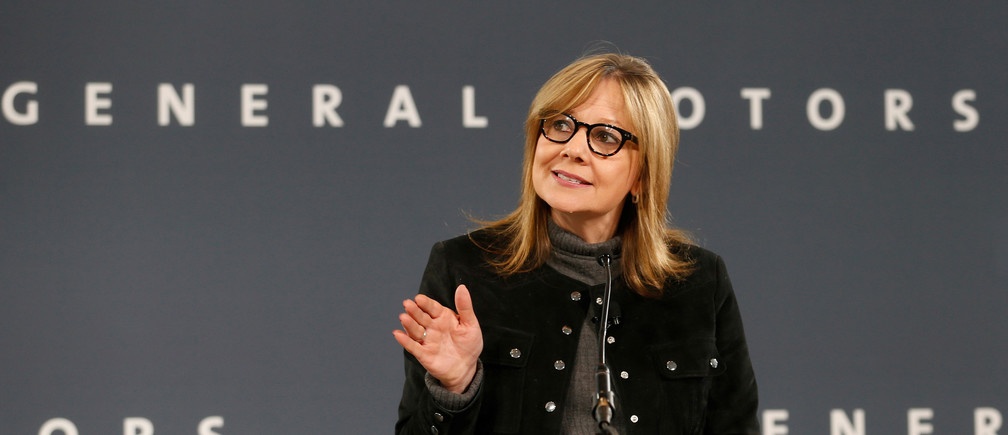
One of 2013's top stories for women in leadership was to see Mary Barra, CEO of General Motors become the first woman CEO of any auto company! Mary's route to the top is similar in many ways to other Fortune 500 women. Like most F500 women CEOs, Mary:
- Is married.
- Is a mother (two teenagers).
- Has a Bachelor's degree (electrical engineering) and a Masters (MBA).
- Has held both line and staff jobs - including a stint as Chief HR Officer, running an assembly plant and as EVP of global product development
- She's known for her interpersonal skills and team focus, cut-to-the-chase style and focus on the customer
"GM executives and outside analysts say Barra's approach is diametrically different, one that relies on team-building and seeks consensus. She holds "hall meetings" to solicit advice on project direction. She challenges engineers and designers to rethink their assumptions. Lutz's motto was "Often wrong, never in doubt." Barra's might be: "Let's all figure this out together."
"Mary is trying to bring order to the business," says John Calabrese, GM's vice president of global vehicle engineering, who has worked with Barra in different capacities for 12 years. "She's very methodical, very logical, very fair. She challenges the status quo pretty well. She's provocative. . . . She's an outstanding listener. And I guess she kind of has a consensus approach, but when it's not coming together, she gets concise and she's pretty decisive.'" (source)
Unlike many of them, she has not run an international business - although she has been on the supervisory board working to turn around Opel in Europe.
You can see her speaking from her role as EVP of global product development.
And lest we think Mary's appointment is indicative of further rapid progress for women, Catalyst has just released these disappointing statistics in its 2013 Census:
- Women hold 14.6 percent of Executive Officer positions, essentially the same as last year (14.3%).
- There was no gain year over year as women held only 8.1% of Executive Officer top earner slots.
- In both 2012 and 2013, one-fifth of companies had 25 percent or more women Executive Officers, yet more than one-quarter had no women Executive Officers.
Clues to this problem addressed here.








